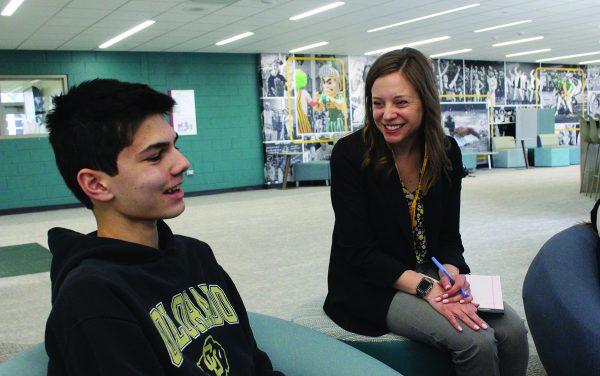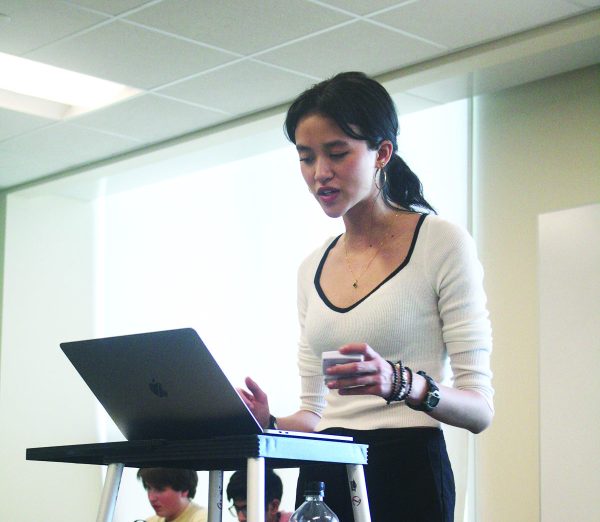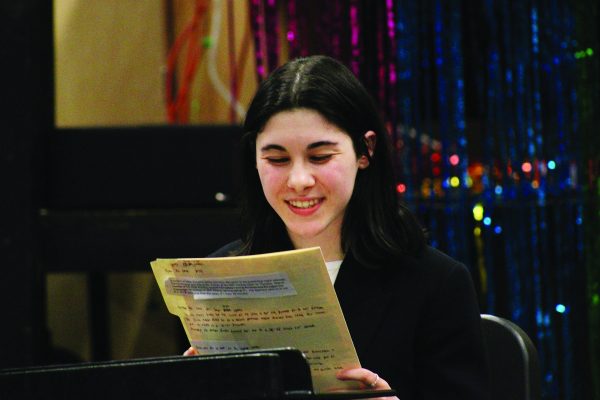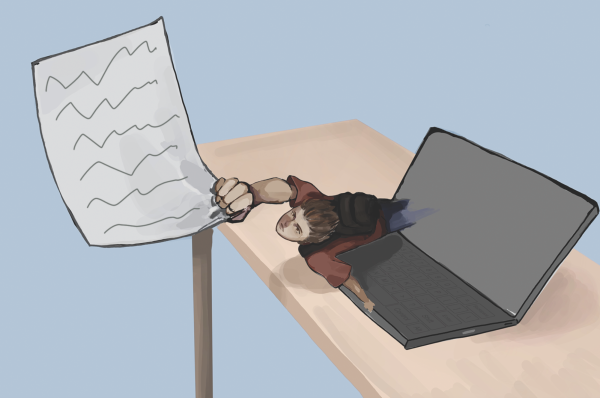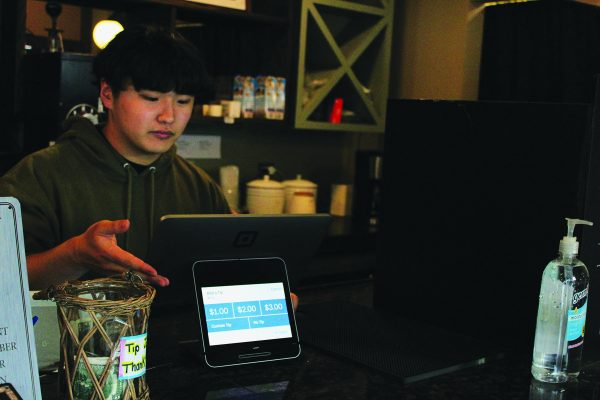District 225 cracks down on drug use, approves nine recommendations for new policies

After a period of research and investigation, the Board of Education approved recommendations for the addition of new drug deterrents and the expansion of existing preventative measures at Glenbrook North and Glenbrook South. These safeguards are in response to parental concerns of student drug abuse and demands for stricter drug policies.
On Oct. 24, GBN Principal John Finan and GBS Principal Lauren Fagel presented nine recommendations to the Board of Education regarding which further measures the district should take. All were approved.
At the meeting, they advocated for expanding surveillance systems, adding more paraprofessional and/or student services staff where necessary and establishing a district-wide anonymous tip line system for students to contact the administration through text. They also recommended that both GBN and GBS work to further promote and spread awareness of their Student Assistance Program, which is dedicated to supporting students’ social-emotional development and well-being.
Finan said the recommendations were based on data and research collected after the Sept. 26 meeting. The administration gathered information from nearby districts to compare the frequency of drug and alcohol violation incidents with the deterrents each district currently has in place. This comparison method was used to determine the potential success of those additional deterrents in District 225.
He said the expansion of the passive surveillance system currently in place would include the addition of cameras in parking lots, buses, campus entry and exit points and common areas of the school with minimal coverage, but more research into the specifics has to be done.
Finan said increasing the amount of paraprofessionals during the day and after school is also being explored based on the number of students and the size of the school campus.
“[After school] is a period of the day when we have less coverage, from 3:30 [p.m.] until 6 [p.m.], when there’s still a lot happening in the building, between athletics and activities and whatever else may be going on,” Finan said.
According to Scott Martin, member of the Board of Education, the proposed tip line service, ‘Text-a-Tip,’ is an “anonymous way to communicate with the administration about issues related [or unrelated] to drugs.”
Although some parents suggested the use of drug dog searches and random drug testing as new deterrents, the principals opposed those methods due to the invasive nature of both that would potentially jeopardize the existing climate of trust in the Glenbrooks.
“We feel that there’s a strong sense of trust and relationships with our students,” said Finan. “The grand majority of our students are making good decisions, and I think that’s making a statement about a lack of trust in your students, and we did not want to go to that. But, it’s also based on the fact that through our research, we don’t feel [they’ve] proven to be effective deterrents.”
Martin said the Board of Education generally agreed with the rationale against drug dogs and random drug testing because of their unclear effectiveness, cost and because the idea of trust is valued.
The Board of Education also approved of equipping and authorizing school nurses and trained school personnel to administer opioid antagonist medication in case of a heroin overdose, the continued use of breathalyzers on a reasonable suspicion basis at different school functions and keeping open lunch for juniors and seniors.
Finan said the implementation of the recommendations would be introduced in different stages. Specific proposals for the opioid antagonist medication and ‘Text-a-Tip’ would be approved and carried out sooner than the addition of staff or installing more cameras because these proposals take more time and research.
He said he hopes students are aware that these changes are happening with the intention of making the school a safer place, and he encourages students to utilize the services available to them.
“That’s my primary goal, that everyone feels safe here and that we do everything we can as a community, students, staff and parents, to ensure that it remains a safe place,” Finan said.


